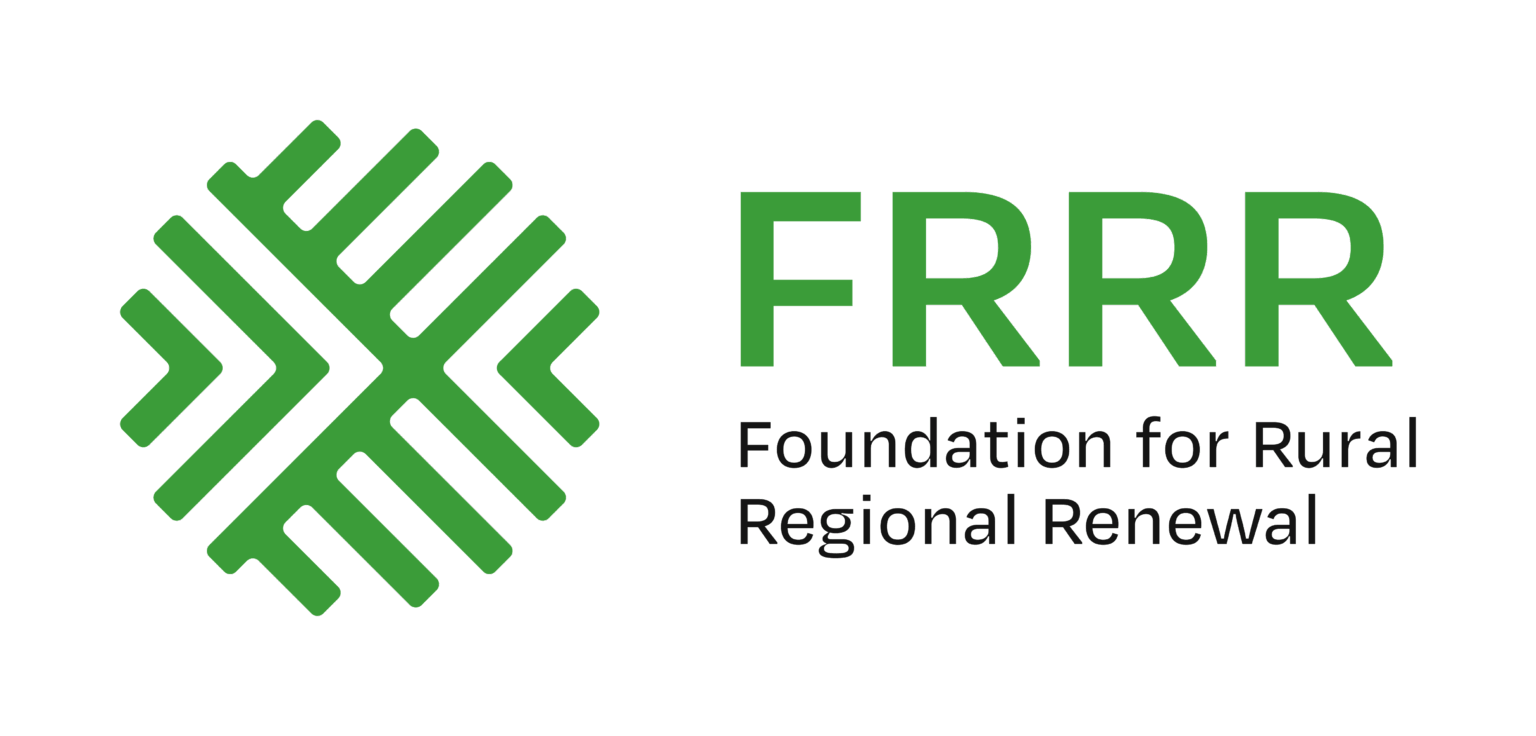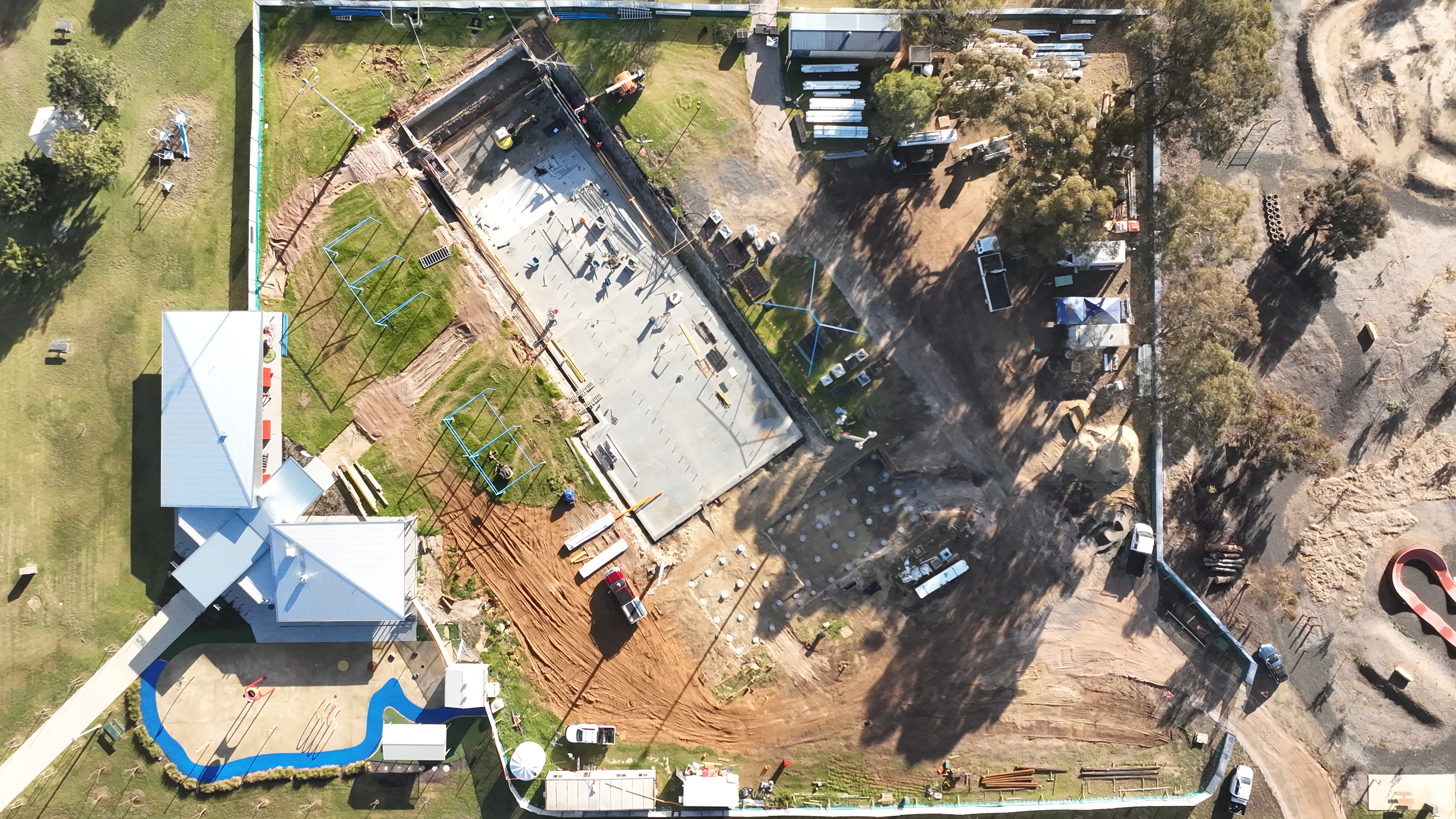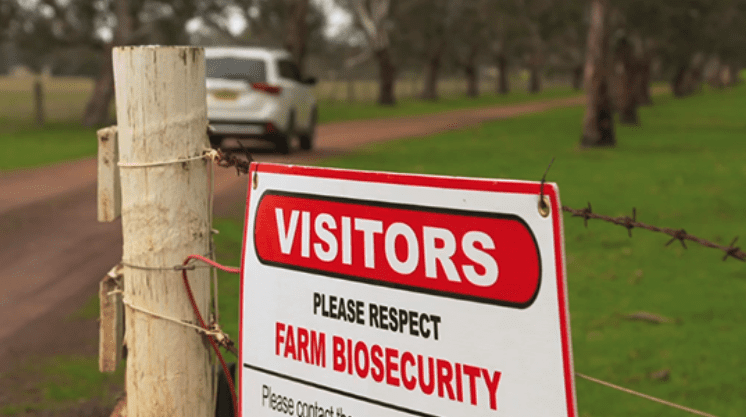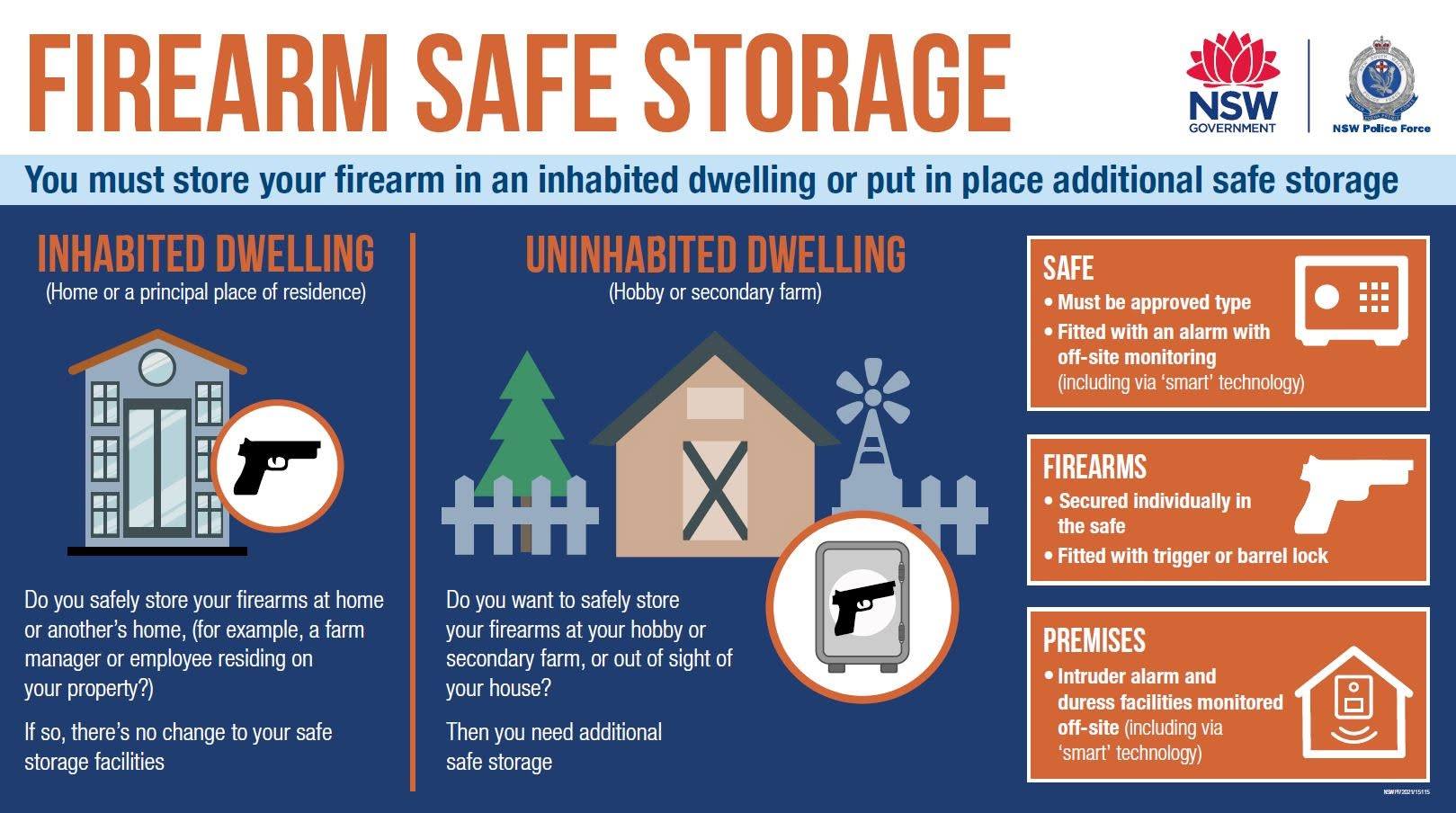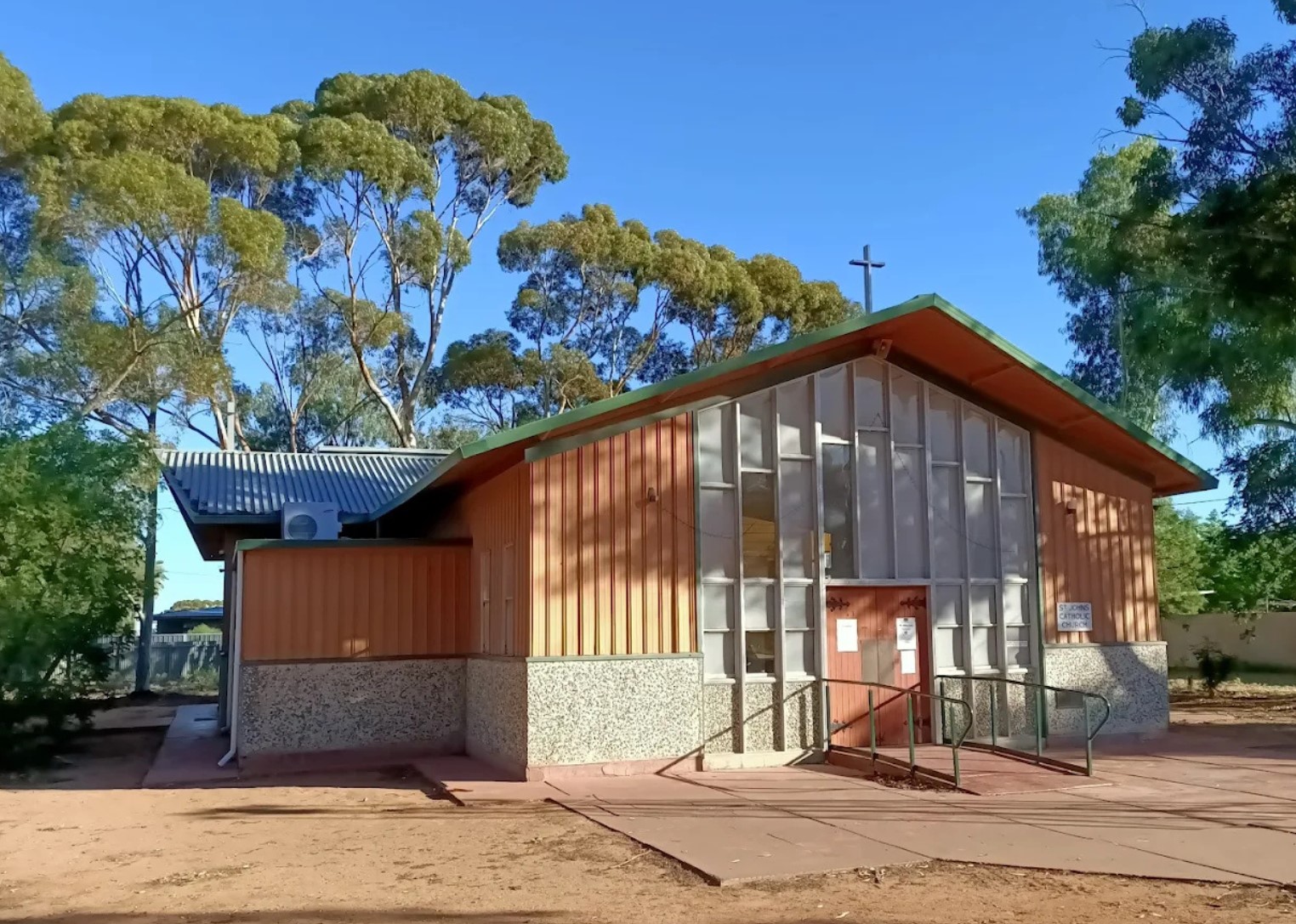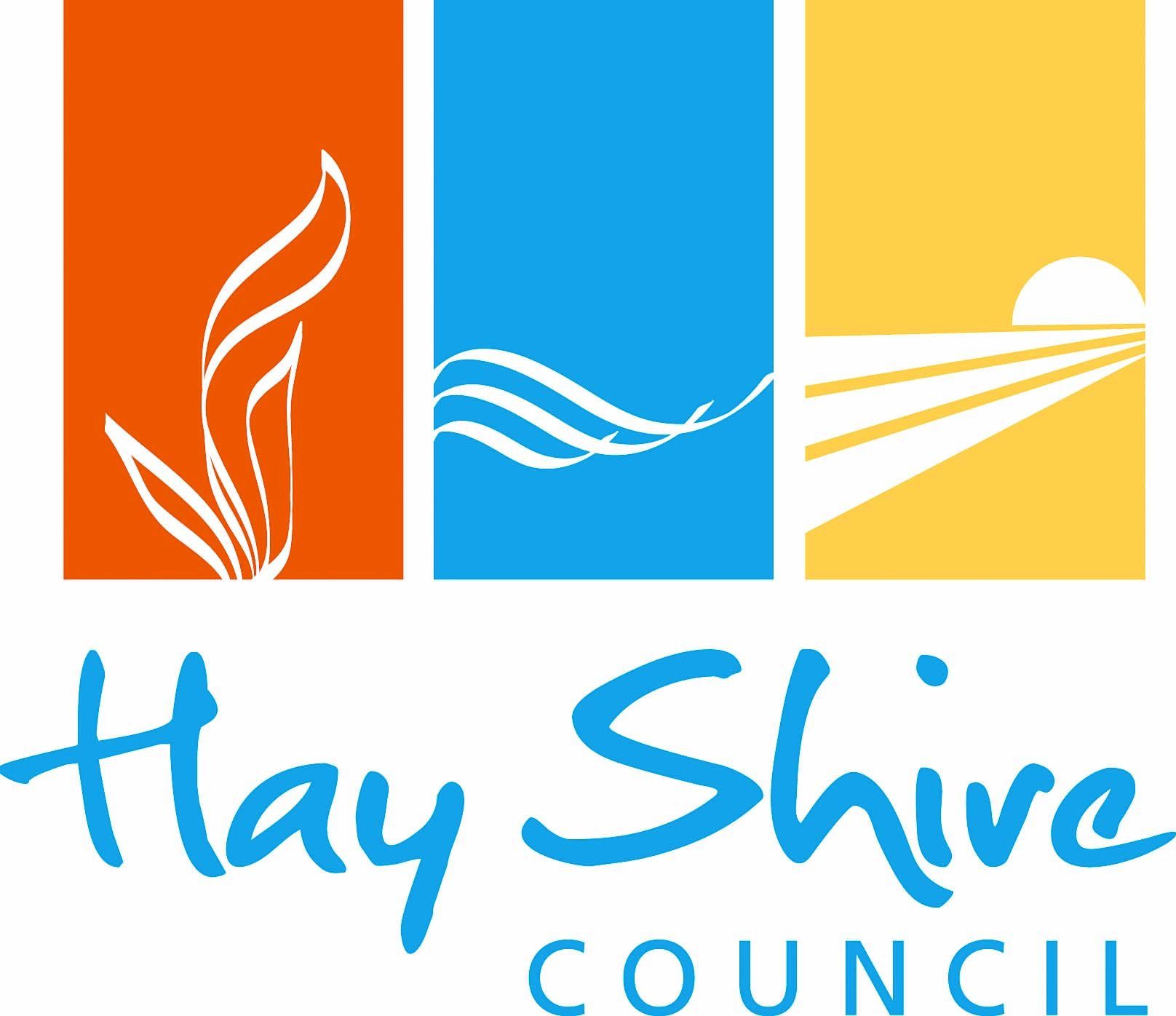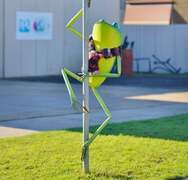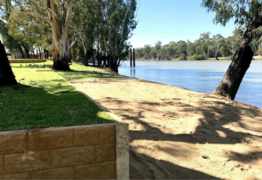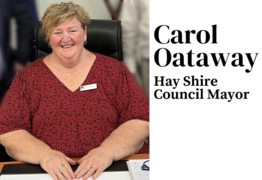Innocence lost: How to work past horror care stories in the news
Kimberly Grabham
12 July 2025, 11:00 PM
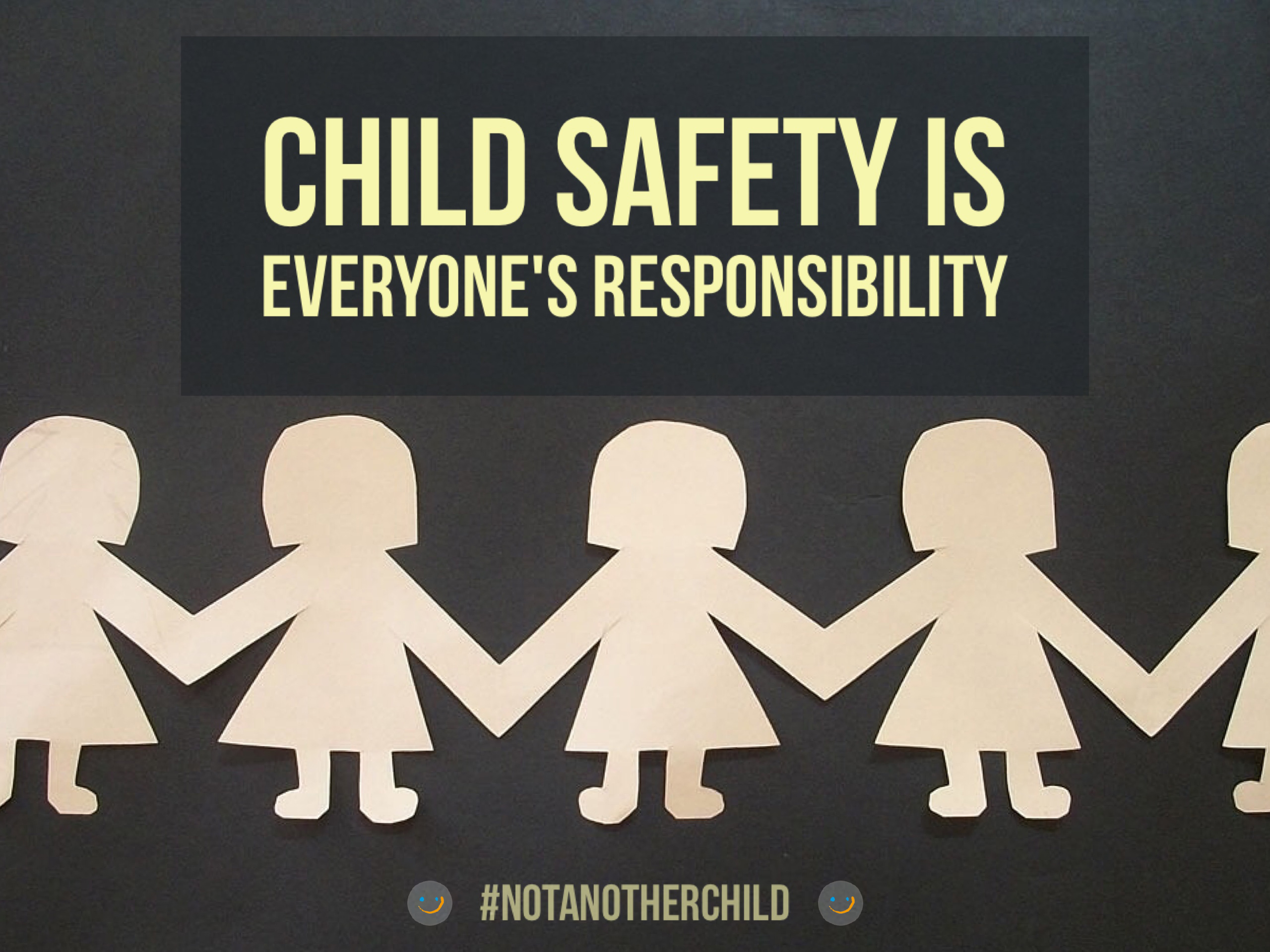
Picture this: you're scrolling through the news over your morning coffee when another childcare abuse story flashes across your screen. Your stomach drops. Your mind immediately races to your own little one, safely tucked away in their cot or playing with blocks at their centre. The what-ifs start swirling, and suddenly that safe space you've entrusted with your most precious person feels uncertain.
It's a parent's worst nightmare, isn't it? These stories hit us where we're most vulnerable – in our fierce need to protect our children.
But here's the thing about horror stories in the news: they can paralyse us with fear, or they can empower us with knowledge.
The recent allegations against a Melbourne childcare worker have shaken parents across the country, and rightfully so.
When we hear about 70 charges involving eight alleged victims, it's natural to feel that gut-punch of panic.
But rather than letting that fear consume us, we can channel it into action – teaching our children about safety, knowing what to watch for, and ensuring we're choosing childcare centres that prioritise protection.
Starting the conversation at home
"One of the reasons that children and young people fail to disclose harm is because they are afraid of getting into trouble," explains one child protection expert.
This simple truth should guide how we approach safety conversations with our kids.
The key isn't having one big, scary conversation about stranger danger. Instead, it's about weaving safety messages into everyday life, making them as natural as teaching kids to look both ways before crossing the street.
Start with three simple messages that even the youngest children can understand:
We all have the right to feel safe with people
It's okay to say no if you feel unsafe or unsure
Nothing is so yucky that you can't tell someone about it
That last one is crucial.
Children need to know that no matter what happens, no matter how scary or confusing or embarrassing it might seem, they can always come to you.
Dr Divna Haslam, who specialises in parenting and early child adversity, suggests looking for teachable moments in everyday situations.
"Maybe develop a family rule about how you don't touch each other's private parts and incorporate that into daily life," she recommends.
"So if siblings are touching each other on the bottom trying to be funny, that's an opportunity for parents to reiterate that's your private part and nobody should be touching that."
It's about consistency rather than intensity. When children hear the same message repeatedly in different contexts, it becomes part of their understanding of the world rather than a frightening exception to it.
Teaching them the language they need
Here's something that might surprise you: teaching your children the proper names for their body parts isn't just about biology – it's about protection.
When a child can say "he touched my penis" or "she hurt my vagina," they're giving you information you can act on.
When they can only say "they touched me somewhere I didn't like," the picture remains frustratingly unclear.
Former child abuse detective turned safety educator Kristi McVee puts it simply: children need the words to tell their story if something happens. Using proper anatomical terms removes shame and confusion, making it easier for children to communicate clearly about their bodies.
This isn't about having uncomfortable conversations; it's about normalising the language of our bodies so that if something goes wrong, your child has the tools to tell you about it.
Knowing what to watch for
Because many children don't speak up when they've been sexually abused – or simply don't have the words yet – parents need to be alert to changes in behaviour and demeanour.
The signs can be subtle: difficulty sleeping, sudden clinginess, or saying "I don't want to go to daycare" without explanation. Older children might start acting out more, refusing school, or withdrawing from activities they previously enjoyed.
Other warning signs include sudden aggression, nightmares, unusual fears around touch or being alone, bedwetting in previously toilet-trained children, or sexualised behaviour that's not developmentally appropriate.
"The key thing is being alert, rather than alarmed," Dr Haslam emphasises. These behavioural changes can often be caused by other things going on in your child's life and don't necessarily mean they're experiencing abuse. But they do mean it's time to pay closer attention and perhaps start some gentle conversations.
If you're worried something has happened
If you do have concerns about your child's safety, the first step is removing them from the potentially harmful environment. Then, if possible, try talking to your child about whether something has happened.
McVee suggests starting with something like: "Hey, I just want you to know... if anything ever happens or anyone ever makes you feel uncomfortable, scared, or confused, you can always talk to me and tell me. I promise that I will always listen and believe you. Doesn't matter what it is or who it is about. My job is to love and protect you, always."
If your child does tell you about abuse they've experienced, try not to panic or overwhelm them with questions.
Instead, respond with gratitude for their bravery, reassurance that it's not their fault, and a focus on what they need to feel safe right now.
Avoid asking why they didn't tell you sooner – that only fuels shame. And don't promise to keep secrets; instead, promise safety.
Choosing the right childcare centre
When it comes to selecting a childcare centre, there are practical things you can look for that might give you peace of mind.
Consider the physical layout: is it an open plan where staff can't find spaces to be alone with children?
Are there CCTV cameras, and if so, where are they positioned? What about staff turnover – high turnover can be a red flag.
Ask about ratios during vulnerable times like sleep and nappy changes. Are staff ever alone when attending to children's personal needs? What child protection training do staff and volunteers receive?
Don't be afraid to ask direct questions: Does the centre have a child protection policy? Have they ever had an incident or complaint of suspected or confirmed child sexual abuse involving their staff? Other than working with children checks, what methods do they use to assess staff suitability?
These aren't uncomfortable questions to ask – they're responsible ones. Any quality centre should welcome parents who are actively engaged in their child's safety.
Moving forward with knowledge, not fear
The reality is that the vast majority of childcare workers are dedicated, caring professionals who've chosen their career because they want to nurture and protect children.
But just as we teach our children to be cautious around roads while still allowing them to walk to school, we need to balance vigilance with trust.
These horror stories in the news serve a purpose: they remind us that our vigilance matters, that these conversations with our children are important, and that we have the right to ask hard questions about the places we entrust with our children's care.
Every time we teach a child that their body belongs to them, every time we create a safe space for them to speak up, every time we advocate for better protection in childcare settings, we're building a stronger shield around all children.
The goal isn't to live in fear – it's to live with awareness.
To raise children who are informed, confident, and surrounded by adults who prioritise their safety above all else.
Because at the end of the day, every child deserves to feel safe, to be heard, and to know that the adults in their life will always, always have their back.
If you're concerned about your child's safety, don't hesitate to speak up. Resources for support include 1800 Respect (1800 737 732), Bravehearts (1800 272 831), and Child Wise (1800 991 099).
NEWS
SPORT
RURAL
COMMUNITY
JOBS
VISIT HAY
VISIT BALRANALD
VISIT OUTBACK NSW
